Introducing OpenAI’s ChatGPT
OpenAI is a research organization that is dedicated to building safe and beneficial artificial intelligence. They have developed a new chatbot called ChatGPT, which is a generative language model that can carry out conversations with humans. This chatbot has the potential to revolutionize the way we interact with machines, and it represents a significant step forward in the development of artificial intelligence.
OpenAI’s ChatGPT is based on a deep learning model that was trained on a massive amount of data. It is capable of generating human-like responses to a wide range of questions and statements. This chatbot has already been used in a variety of applications, including customer service, education, and mental health.
In this article, we will explore the capabilities and limitations of ChatGPT, its impact on the customer service industry, and its potential in education and mental health. We will also look at the ethical implications of this technology and compare it to other chatbots.
What is ChatGPT and how does it work?
ChatGPT is a generative language model that is based on the GPT-2 architecture. It is built using deep learning techniques and is trained on a massive dataset of text. This allows it to generate human-like responses to a wide range of questions and statements.
The architecture of ChatGPT consists of a transformer-based neural network that is capable of processing large amounts of data. It uses a technique called self-attention to focus on different parts of the input sequence and generate responses that are relevant to the conversation.
Here is an example of how ChatGPT works:
import openai
openai.api_key = "YOUR_API_KEY"
prompt = "Hello, how are you today?"
completions = openai.Completion.create(
engine="davinci",
prompt=prompt,
max_tokens=50,
n=1,
stop=None,
temperature=0.5,
)
message = completions.choices[0].text
print(message)In this example, we use the OpenAI API to generate a response to the prompt “Hello, how are you today?” The max_tokens parameter specifies the maximum number of tokens to generate, and the temperature parameter controls the randomness of the response.
The evolution of human-machine communication
The development of ChatGPT represents a significant step forward in the evolution of human-machine communication. In the past, chatbots were limited to simple rule-based systems that could only respond to a limited set of inputs. However, with the advent of deep learning techniques, chatbots have become much more sophisticated and capable of generating human-like responses.
One of the key advantages of ChatGPT is its ability to generate responses that are contextually relevant to the conversation. This makes it much more effective at carrying out conversations with humans than previous chatbots.
ChatGPT’s capabilities and limitations
While ChatGPT is a powerful tool for human-machine communication, it does have some limitations. One of the main limitations is its inability to understand the underlying meaning of a conversation. This can lead to responses that are contextually relevant but do not accurately reflect the intended meaning of the speaker.
Another limitation of ChatGPT is its tendency to generate responses that are repetitive or nonsensical. This is due to the fact that it is trained on a large dataset of text, which can lead to the generation of responses that are not relevant to the conversation.
How ChatGPT is changing the chatbot game
ChatGPT is changing the chatbot game by providing a much more sophisticated and effective tool for human-machine communication. It is capable of generating responses that are contextually relevant and can carry out conversations that are much more natural and engaging than previous chatbots.
One of the key advantages of ChatGPT is its ability to adapt to different conversational styles. This makes it much more effective at carrying out conversations with humans than previous chatbots.
The ethical implications of ChatGPT
As with any technology, there are ethical implications associated with the development of ChatGPT. One of the main concerns is the potential for this technology to be used for malicious purposes, such as spreading disinformation or engaging in cyberbullying.
Another concern is the potential for ChatGPT to be used to manipulate individuals or groups. This could be particularly problematic in the context of political or social issues.
ChatGPT’s impact on customer service industry
ChatGPT has the potential to revolutionize the customer service industry by providing a much more effective tool for human-machine communication. It is capable of generating responses that are contextually relevant and can carry out conversations that are much more natural and engaging than previous chatbots.
One of the key advantages of ChatGPT in the context of customer service is its ability to adapt to different conversational styles. This makes it much more effective at handling customer inquiries and complaints than previous chatbots.
ChatGPT’s potential in education and mental health
ChatGPT has the potential to be a valuable tool in the fields of education and mental health. It can be used to provide personalized support and guidance to students and individuals who are struggling with mental health issues.
One of the key advantages of ChatGPT in the context of education and mental health is its ability to adapt to individual needs and preferences. This makes it much more effective at providing personalized support than previous chatbots.
The future of human-machine communication
The development of ChatGPT represents a significant step forward in the evolution of human-machine communication. As this technology continues to develop, we can expect to see even more sophisticated and effective tools for human-machine communication.
One of the key areas of development is the ability of chatbots to understand the underlying meaning of a conversation. This will enable chatbots to generate responses that accurately reflect the intended meaning of the speaker.
How ChatGPT compares to other chatbots
ChatGPT is one of the most sophisticated and effective chatbots currently available. It is capable of generating responses that are contextually relevant and can carry out conversations that are much more natural and engaging than previous chatbots.
Compared to other chatbots, ChatGPT has several advantages, including its ability to adapt to different conversational styles and its capacity to generate responses that are more sophisticated and nuanced.
ChatGPT’s role in the development of AI
ChatGPT is playing an important role in the development of artificial intelligence. It is providing researchers with a valuable tool for exploring the capabilities and limitations of deep learning techniques.
One of the key areas of research is the development of chatbots that can understand the underlying meaning of a conversation. This will require the development of new techniques and algorithms that can process and analyze complex language data.
OpenAI’s ChatGPT: The next step in human-machine communication in Summary
OpenAI’s ChatGPT represents a significant step forward in the development of artificial intelligence. It is a powerful tool for human-machine communication that is capable of generating responses that are contextually relevant and can carry out conversations that are much more natural and engaging than previous chatbots.
While ChatGPT has some limitations, it is changing the chatbot game by providing a much more sophisticated and effective tool for human-machine communication. It has the potential to revolutionize the customer service industry, and it can be a valuable tool in the fields of education and mental health.
As this technology continues to develop, we can expect to see even more sophisticated and effective tools for human-machine communication. ChatGPT is playing an important role in the development of artificial intelligence, and it represents a significant step forward in the evolution of human-machine communication.
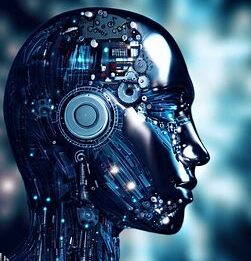




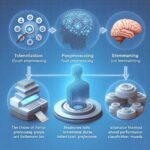



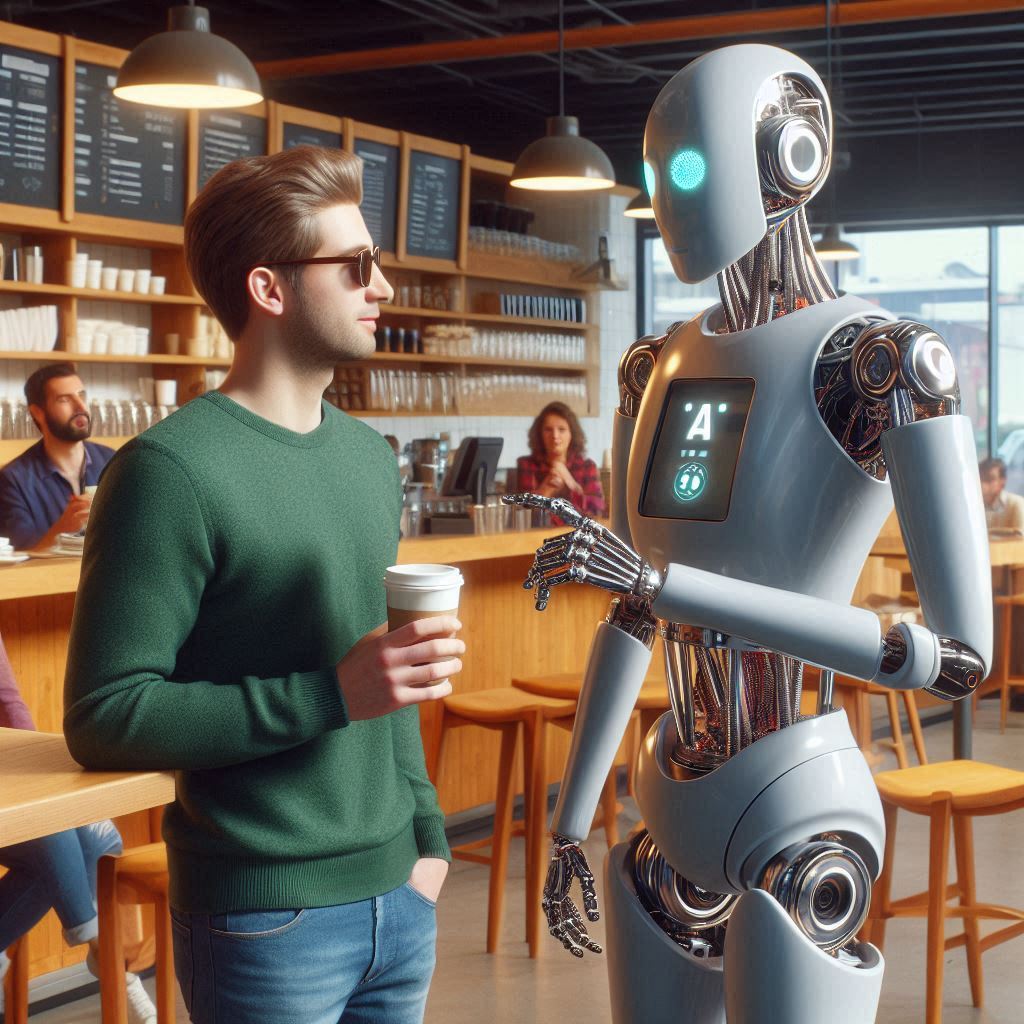
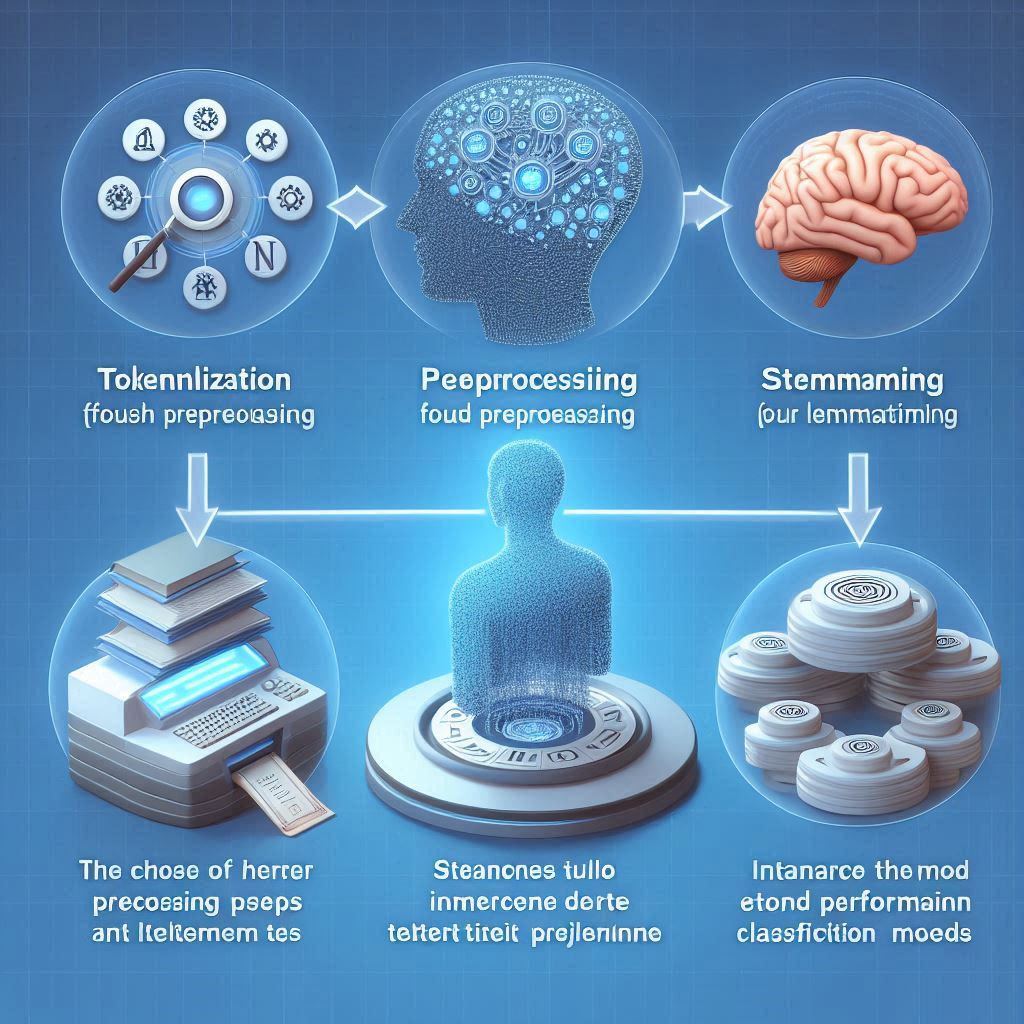
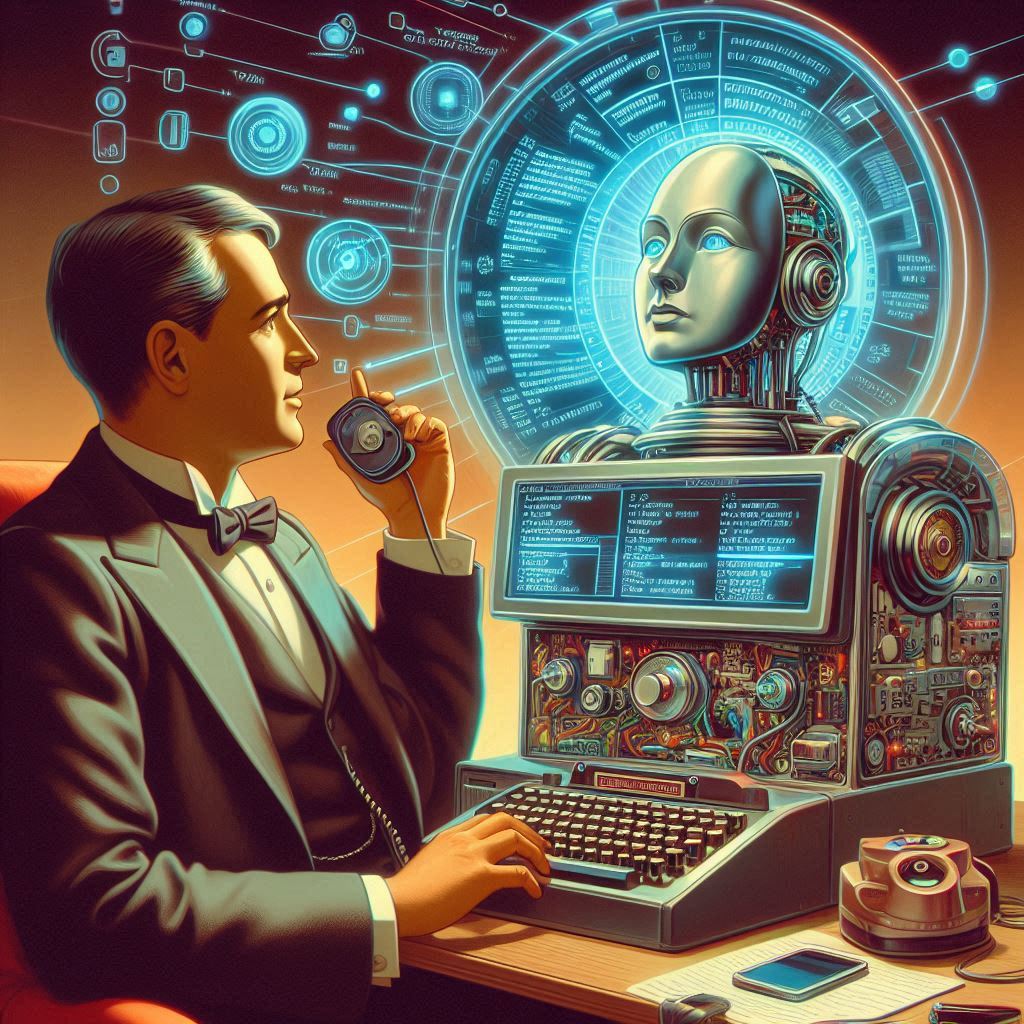

One thought on “OpenAI’s ChatGPT: The next step in human-machine communication”